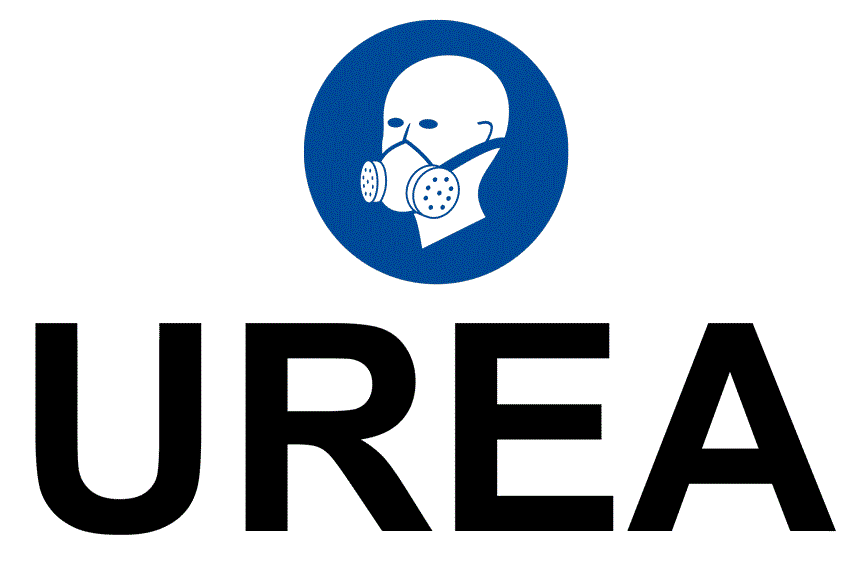.

Urea is a compound composed of carbon, nitrogen, oxygen, and hydrogen.
It is often used as a fertilizer or in the production of various industrial and pharmaceutical products.
.
Urea Definition
Urea is an organic compound with the chemical formula (NH2)2CO.
.
It is a colorless, odorless, and highly soluble solid that is commonly used in fertilizers and as a feedstock in the production of plastics, resins, and adhesives.
Urea has a wide range of applications in various industries due to its versatility and low cost.
.
It is commonly used in the production of nitrogen-containing fertilizers, which are essential for promoting plant growth and crop yields. Urea can also be used as a reducing agent in the production of metals, such as steel, and as a component in the manufacture of adhesives and coatings.
.

.
In medicine, urea is used as a diuretic to help remove excess fluids from the body, particularly in cases of edema or congestive heart failure.
It can also be used to treat certain skin conditions, such as psoriasis and eczema, as a keratolytic agent to soften and remove dead skin cells.
Urea is considered a safe and effective ingredient in many personal care and cosmetic products, including moisturizers, shampoos, and conditioners.
Its ability to attract and retain moisture makes it a popular choice for hydrating and softening the skin and hair.
.

.
Overall, urea is a versatile and useful compound with a wide range of applications in various industries and fields, from agriculture to medicine to cosmetics.
Its ability to promote growth, remove excess fluids, and soften and hydrate the skin and hair make it an important ingredient in many products and formulations.
.
Urea Symbol
The chemical symbol for urea is CO(NH2)2.
.

.
Urea Uses
.
Various industries and the ways in which urea is used
.
| Industry | Urea Uses |
| Agriculture | Used as a nitrogen fertilizer for crops and plants |
| Automotive | Used as a reducing agent in diesel exhaust fluid (DEF) to reduce nitrogen oxide (NOx) emissions |
| Chemical | Used as a reactant and intermediate in the production of various chemicals, such as plastics, resins, adhesives, and pharmaceuticals |
| Cosmetics | Used as a moisturizer and humectant in skin care products |
| Food | Used as a dough conditioner and flavor enhancer in baked goods and as a preservative in processed meats |
| Medical | Used as a diuretic medication to treat edema (fluid retention) and congestive heart failure |
| Textile | Used as a finishing agent to improve dye absorption and colorfastness in fabrics |
| Animal Feed | Used as a source of non-protein nitrogen (NPN) to supplement the protein content in livestock feed |
| Energy | Used in natural gas processing to remove sulfur compounds |
| Paper | Used as a paper strengthener and to enhance paper whiteness |
| Water treatment | Used as a nitrogen source in wastewater treatment to promote the growth of beneficial bacteria |
| Dyeing | Used as a mordant to fix dyes to fabrics |
| Leather | Used as a tanning agent to preserve and soften animal hides |
| Photography | Used as a toner in black and white photographic processing |
| Cleaning | Used as a cleaning agent for a variety of surfaces and materials |
.
It’s worth noting that urea has many other uses beyond those listed in this table, including in the production of industrial coatings, water treatment, and even as a component in some explosives.
.

.
Urea Interesting Facts
.
Urea facts & data
.
| Fact | Description |
| Discovery | Urea was first synthesized in 1828 by Friedrich Wöhler, who accidentally produced it while attempting to synthesize ammonium cyanate. |
| Occurrence | Urea is found naturally in the urine of mammals and some fish and birds, where it serves as a waste product of protein metabolism. |
| Structure | Urea has a planar, symmetrical structure with two amine groups (NH2) and one carbonyl group (C=O) on either side of a central carbon atom. |
| Solubility | Urea is highly soluble in water, with a solubility of 108 g/L at room temperature. |
| Industrial production | Urea is primarily produced by reacting ammonia and carbon dioxide in a high-pressure, high-temperature process known as the Haber-Bosch process. |
| Uses | In addition to its uses in agriculture, automotive, and other industries, urea is also used in scientific research as a protein denaturant and a component of some laboratory buffers. |
| Properties | Urea has a melting point of 132.7°C and a boiling point of 224.5°C, and is odorless and colorless. |
| Medical uses | In addition to its use as a diuretic, urea is also used in topical creams and ointments to treat skin conditions such as psoriasis and eczema. |
| History | In ancient times, urine was collected and used as a source of urea for various purposes, including in tanning leather and cleaning fabrics. |
| Safety | While urea is generally considered safe for use in its intended applications, exposure to high concentrations of urea can cause irritation and potentially more serious health effects. |
